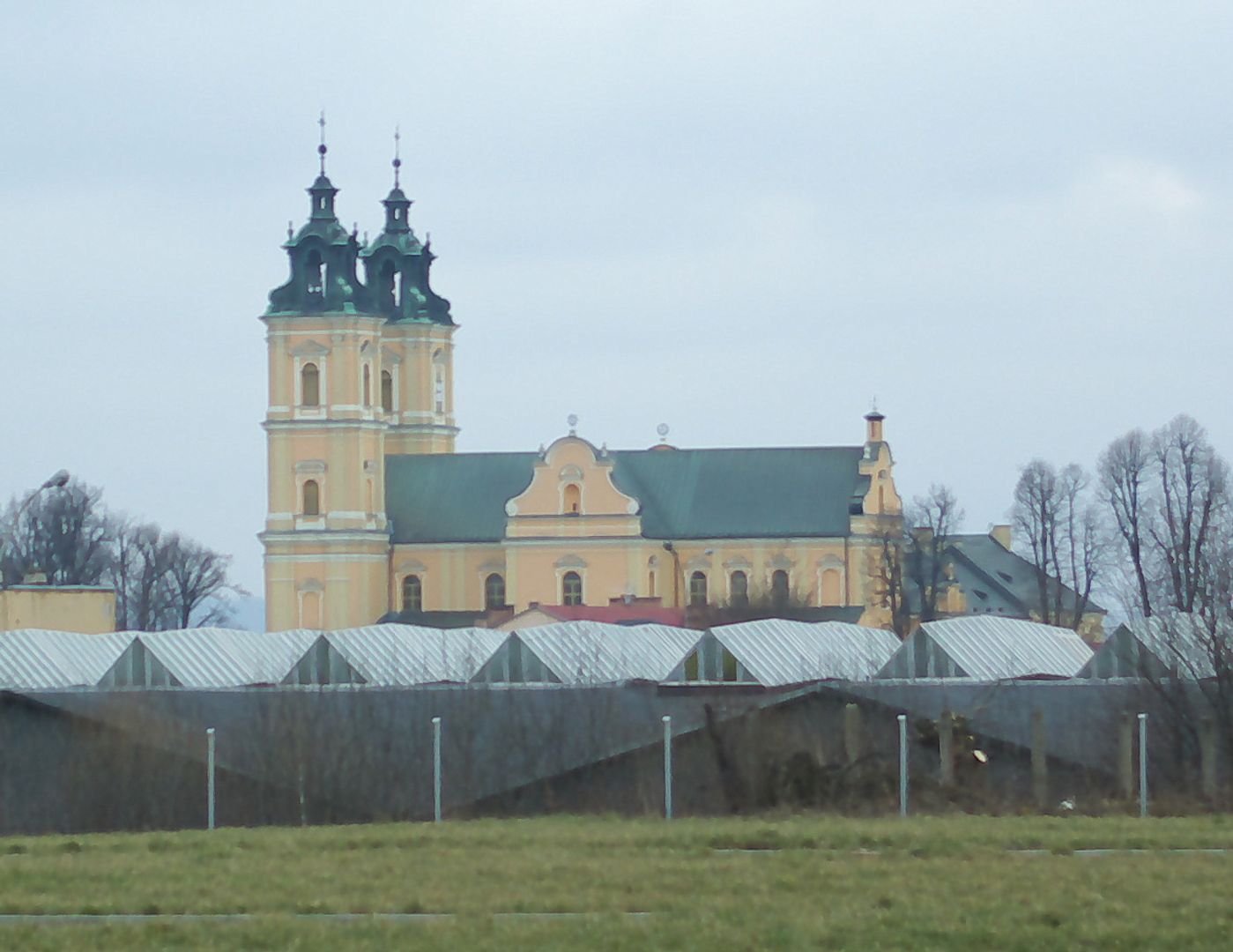Basilica of the Assumption of the Blessed Virgin Mary in Stara Wieś
6.41

Overview
The Basilica of the Assumption of the Blessed Virgin Mary in Stara Wieś is a late Baroque temple built between 1730 and 1760 by the Pauline Fathers, who cared for it until 1784, when Emperor Joseph II of Habsburg dissolved the convent. The building was consecrated in 1760 by the Bishop of Przemyśl, Wacław Hieronim Sierakowski. The main altar houses a miraculous image depicting the Dormition and Assumption of the Blessed Virgin Mary, which was crowned in 1877 by the Apostolic Nuncio in Vienna, Archbishop Lodovico Jacobini. In 1927, the church was granted the title of a minor basilica. The history of the temple dates back to the 15th century, when records of the parish in Stara Wieś first appeared. In the second half of the 17th century, the existing wooden church with three altars was replaced by a new building. A key moment in the expansion was the allocation of substantial funds by Father Goźliński for the construction of the new church. The first Paulines arrived in 1728, and after 58 years of their activity, the church passed into the hands of the Jesuits, who transformed the monastery into a college and opened a novitiate. After some upheavals, including the banishment of the Jesuits between 1848 and 1852, the order eventually returned to Stara Wieś, and in 1877 the miraculous image was crowned. A tragic event occurred in 1968 when the image burned down, and its reproduction was undertaken by Maria Niedzielska. Another coronation of the copy took place in 1972, performed by Cardinal Stefan Wyszyński. Stara Wieś became a pilgrimage destination, attracting the faithful to religious celebrations, including the centenary of the image's coronation in 1978, presided over by Cardinal Karol Wojtyła. A unique aspect of the place is the presence of the Sodality of Mary, founded in 1892, which upholds local traditions. In the architecture of the basilica, one can notice late Baroque elements that add charm and majesty to this temple. Interestingly, pilgrimages to the miraculous image are a tradition dating back over five centuries, confirming their importance to the local religious culture. When viewing the basilica, one can appreciate not only the beauty of the architecture but also the rich history and cultural heritage that attract crowds of the faithful and tourists to this extraordinary place.
Location
2025 Wizytor | All Rights Reserved